17 staggering facts about Saudi Arabia
We look at the economic, demographic, and cultural factors that drive the oil-rich kingdom
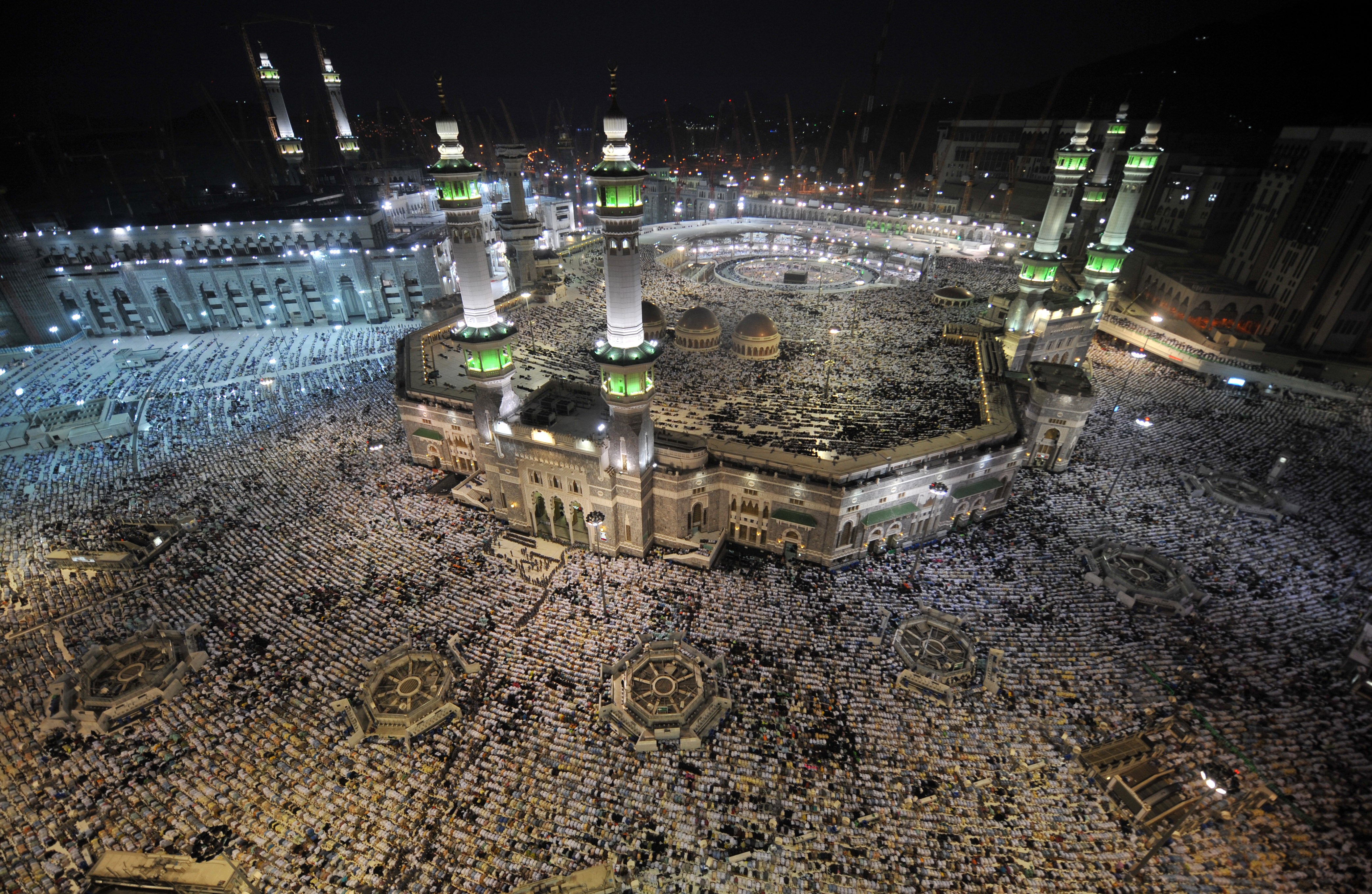
The Saudi Arabia-led oil cartel, OPEC, decided to maintain production earlier this month, but remained divided over its production ceiling and failed to reach an agreement.
And that could mean dark times ahead for about half of the cartel's members.
But Saudi Arabia is also looking at its own set of problems, as budget pressures continue to worsen and rumors of internal political divisions continue to proliferate.
As such, it's worth taking a closer look at the economic, demographic, and cultural factors that drive the oil-rich kingdom.
Check them out below:
About 100 camels are sold in the capital of Saudi Arabia every day.
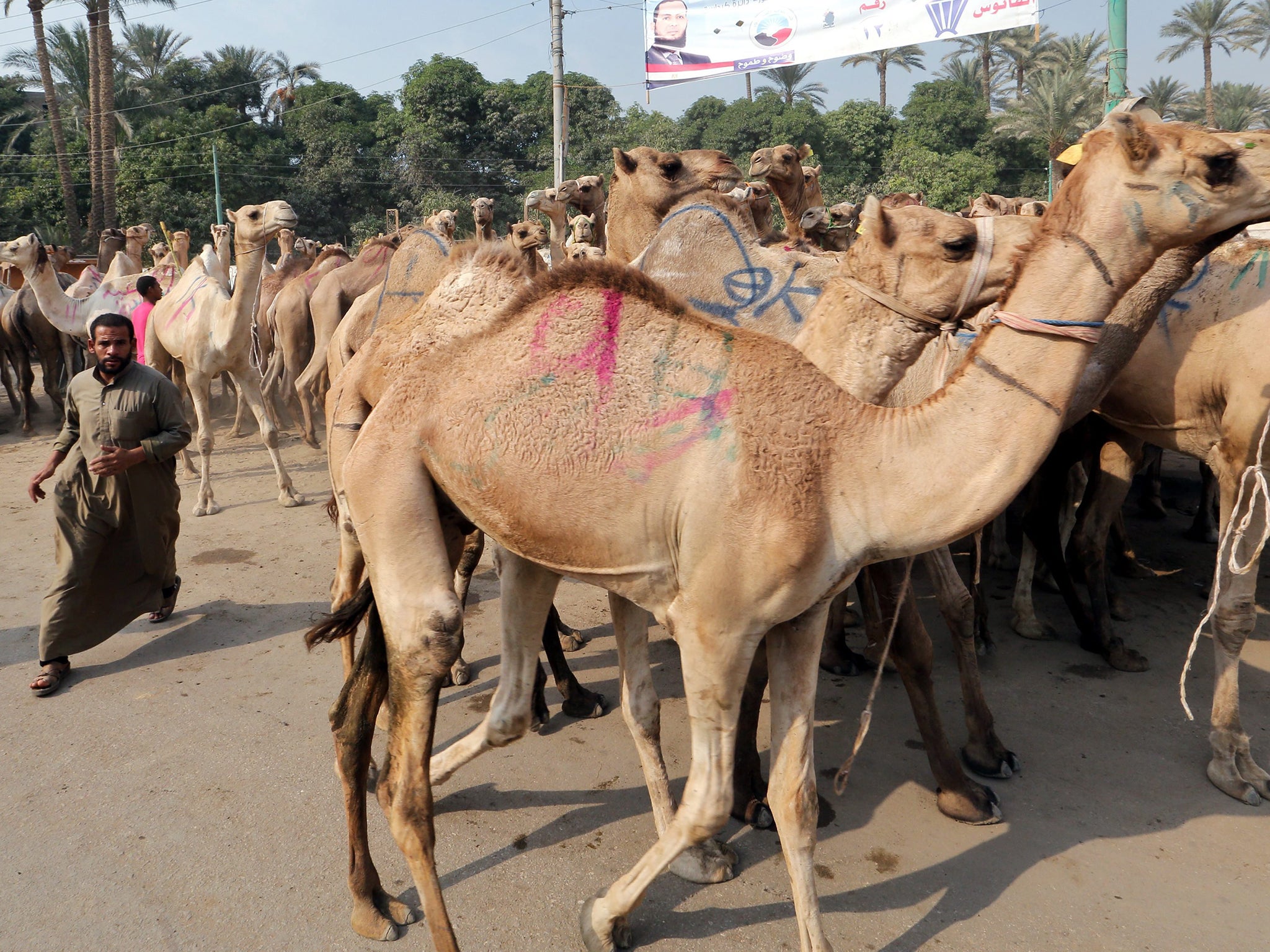
The capital, Riyadh, has a large camel market.
Source: Random History
On average, one person has been executed every other day in Saudi Arabia in 2015.
“At least 151 people have been put to death in Saudi Arabia so far this year — the highest recorded figure since 1995 — in an unprecedented wave of executions marking a grim new milestone in the Saudi Arabian authorities' use of the death penalty,” according to Amnesty International.
“Annual execution tolls for Saudi Arabia in recent years have rarely exceeded 90 for the entire year,” they added.
Source: Ahram Online
The kingdom's Ghawar oil field has enough reserves to fill 4,770,897 Olympic swimming pools.
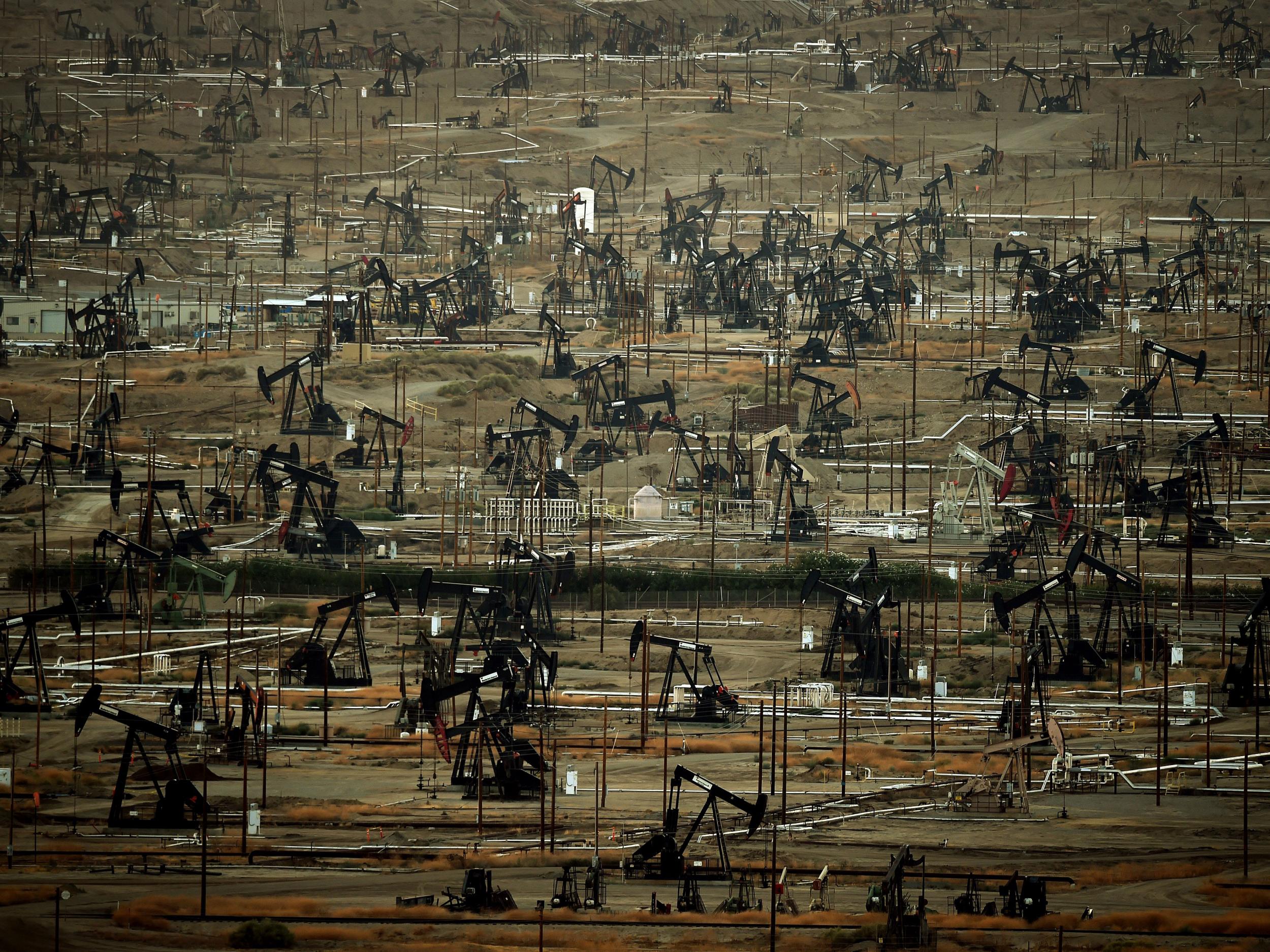
The kingdom's oil reserves are huge. Saudi Arabia's Ghawar field is the largest in the world. It has an estimated 75 billion barrels of oil left.
An Olympic-size swimming pool can hold 660,253.09 gallons of liquid.
Source: US Energy Information Administration
Saudi Arabia is the largest country in the world without a river.
Saudi Arabia is the 13th-largest country in the world, and the second-largest in the Arab world — behind Algeria — at 830,000 square miles.
Ninety-five percent of the country is considered a desert or semidesert, and it has some of the largest desert areas, including An Nafud and Rub al-Khali. Only 1.45% of the land is arable.
And while it doesn't have a river, its “extensive coastlines on the Persian Gulf and Red Sea provide great leverage on shipping (especially crude oil) through the Persian Gulf and Suez Canal,” according to the CIA World Factbook.
Source: CIA World Factbook
Saudi Arabia is the only country where women are forbidden to drive.
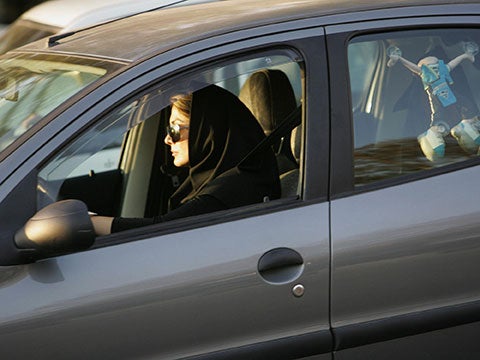
A female driver displays a note, which, according to her, was placed on her car by an unknown person, in Saudi Arabia.
“The conservative Islamic state has no written ban on women driving, but Saudi law requires citizens to use a locally issued license while in the country. Such licenses are not issued to women, making it effectively illegal for them to drive,” according to Reuters.
Source: Reuters
Saudi Arabia's population is slightly bigger than Texas', but Texas' GDP is nearly twice as large.
Saudi Arabia's population was around 28.8 million in 2013, which is slightly above that of Texas' 26.5 million. But Saudi Arabia's GDP in 2013 was around $750 billion, while Texas' was approximately twice that amount, at $1.4 trillion.
Plus, Saudi Arabia has the 19th-largest GDP — but if Texas were its own country, it would have the 13th-largest GDP, just below Australia and right above Spain.
Overall, this suggests that Texas is more productive than Saudi Arabia.
Sources: Business Insider, World Bank
Saudi Arabia's petroleum sector makes up 45% of GDP, which makes it bigger than the total GDPs of Iraq, Morocco, Rwanda, and Tonga combined.
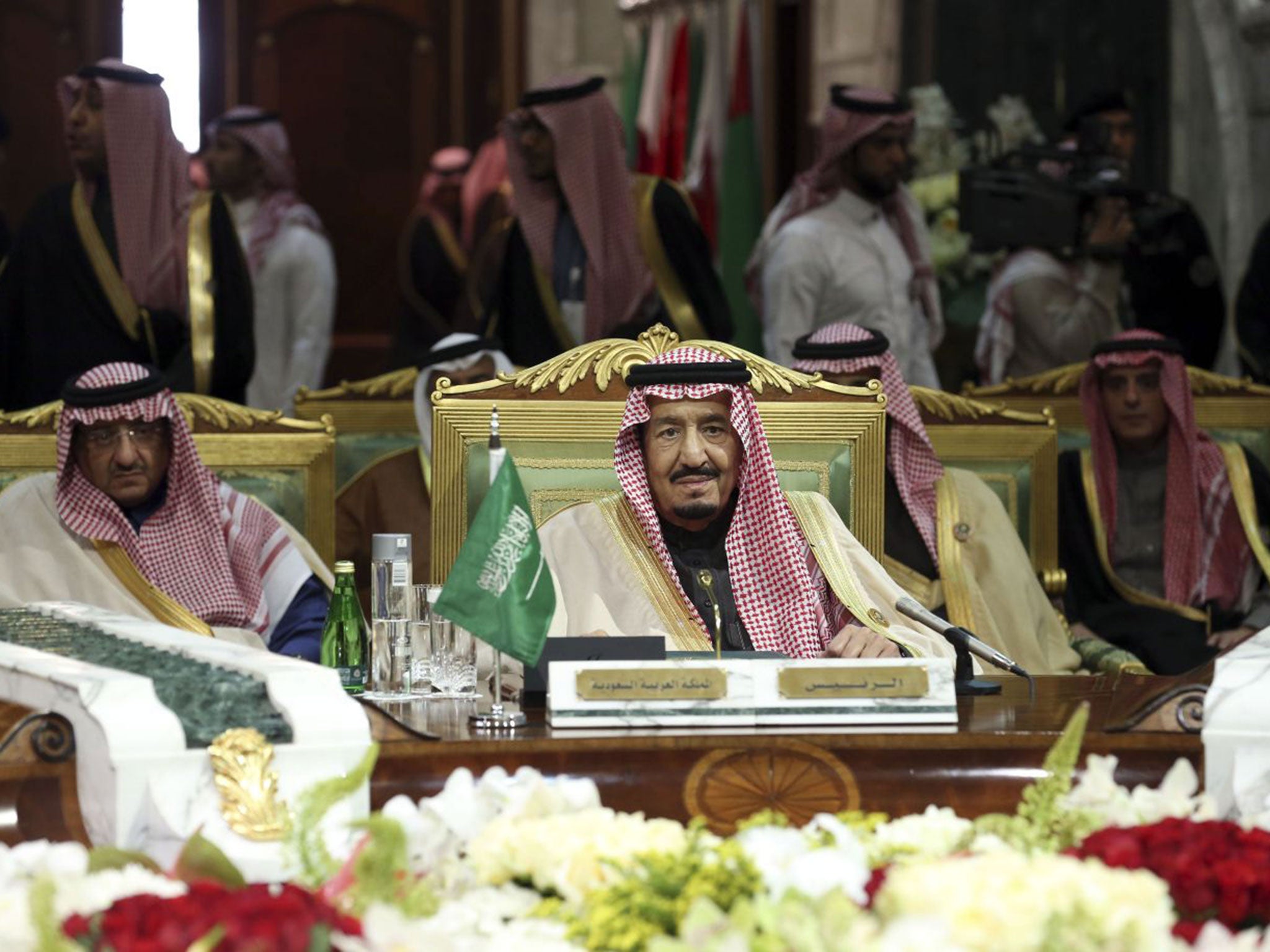
Saudi Arabia's petroleum sector puts it at around $335.372 billion.
Iraq's GDP is $222.879 billion, Morocco's is $104.4 billion, Rwanda's is $7.451 billion, and Tonga's is $466 million.
Sources: CIA Factbook, HSBC
Saudi Arabia is erecting the world's tallest building, which will be 1 kilometer tall — taller than 492 LeBron Jameses standing on top of one another.
Saudi Arabia officially got the green light to build the world's tallest building, the Jeddah Tower — aka the Kingdom Tower. It's expected to reach 3,280 feet, or 1 kilometer.
But Iraq has plans to upstage the Saudis, as it wants to build and even taller tower called The Bride, which will eclipse the Jeddah Tower by 500 feet.
LeBron James stands at 6-foot-8, or 2.03 meters.
Source: CNN
The expected cost of the Kingdom Tower's construction is 19.2 times as much as the amount Taylor Swift made last year.

The Kingdom Tower is expected to cost $1.23 billion.
Taylor Swift reportedly raked in $64 million in 2014.
Source: The Huffington Post
The zig-zag-shaped border between Saudi Arabia and Jordan is rumored to be a byproduct of Winston Churchill's love of boozy lunches.
Jordan and Saudi Arabia share an oddly shaped border that's referred to as Winston's Hiccup or Churchill's Sneeze.
Rumor has it that Winston Churchill drew that boundary “with a stroke of a pen, one Sunday afternoon in Cairo” following “a particularly liquid lunch.”
Source: The New York Times
Almost 60% of the labour force in Saudi Arabia is foreign.
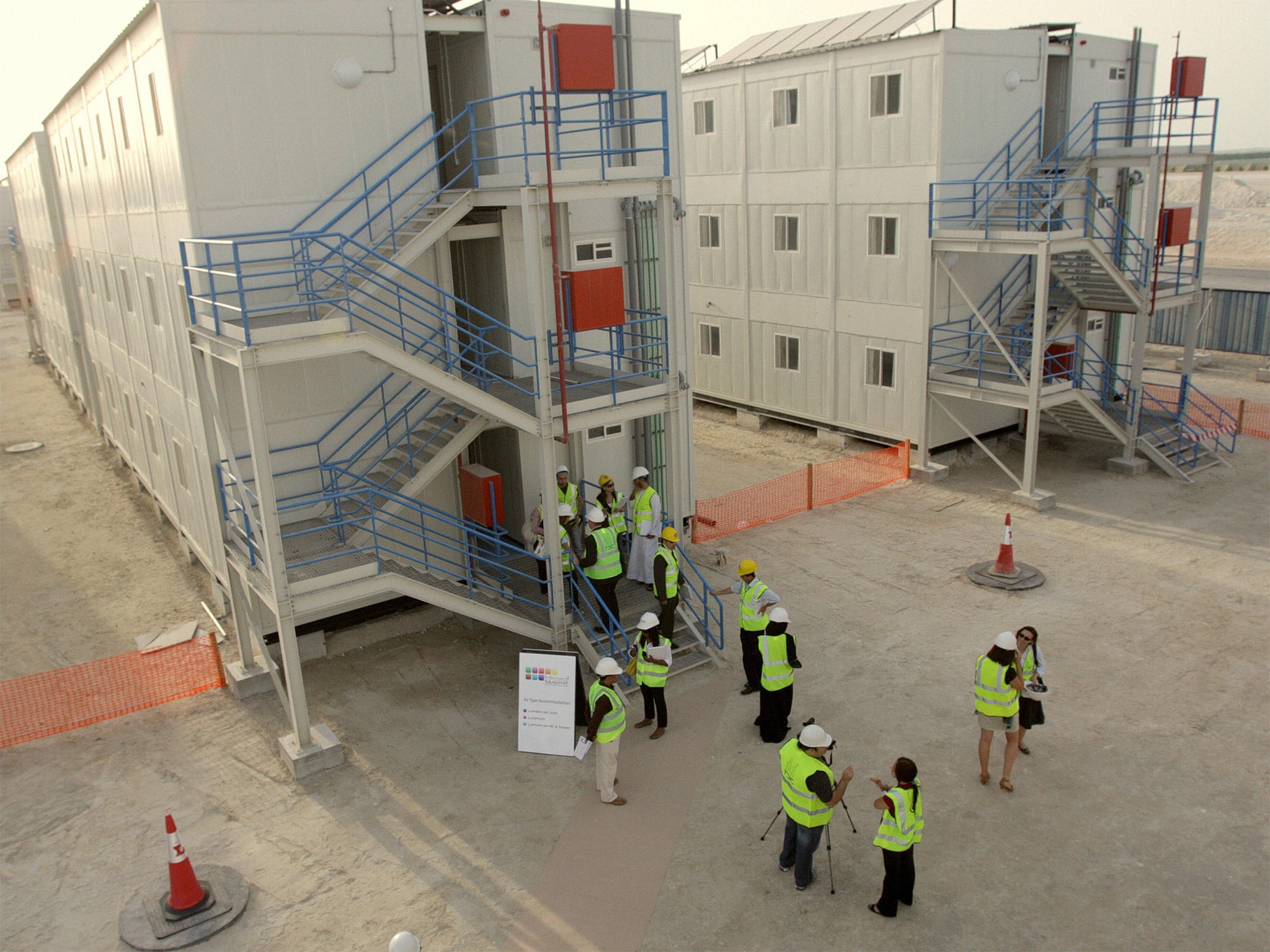
There's been some structural improvement in the kingdom's labor force, but ultimately it remains heavily reliant on foreign labor. “Saudi nationals continue to work largely in the public sector with little incentive to join the private sector or to improve productivity,” writes HSBC's Razan Nasser.
Notably, most of the people who work in the oil and service sectors in Saudi Arabia are foreigners.
This made for some complicated times when the burial of non-Muslims was strictly forbidden on Saudi soil, until regulations were marginally eased in 2012.
Sources: HSBC and CIA Factbook
Saudi Arabia's female labour-force participation rate was roughly 20%, the eighth-lowest in the world.
By comparison, the US's female labor-force participation rate is around 47%, Germany's is around 54%, and Japan's is at 49%.
Bill Gates criticized Saudi Arabia's female employment at the World Economic Forum in 2007. When one person asked him if Saudi Arabia might become a major, competitive economy by 2010, Gates responded, “Well, if you're not fully utilizing half the talent in the country, you're not going to get close to the top.”
In 2012, women were finally allowed to work in places like lingerie shops. Before that, women faced some extremely uncomfortable times shopping with male salesmen.
Sources: HSBC, The Washington Post, World Bank, Telegraph
The kingdom's population is 47% under 24 and 5% over 60.
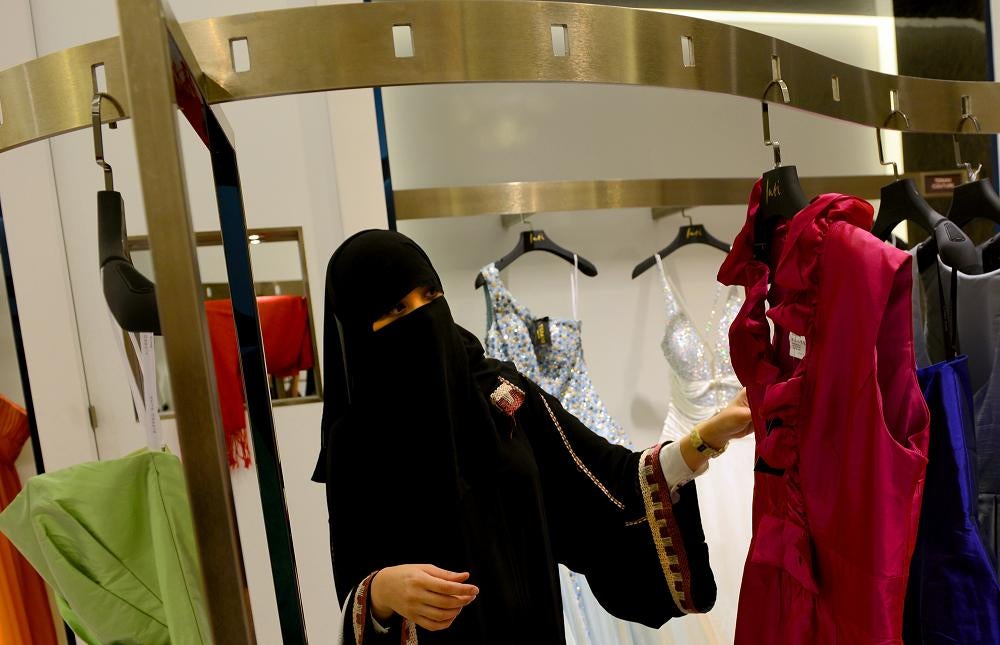
Saudi Arabia's young demographic really stands out against the backdrop of major economies with aging populations such as Japan.
“Saudi Arabia's young and growing population has hard-wired strong consumption growth in the Kingdom for decades to come,” writes HSBC's Nasser. “However, in the long term, meeting the demands of this growing population will become more of a challenge.”
Sources: CIA Factbook and HSBC
Saudi Arabia's growth has been fueled by increased resources, NOT by increased productivity.
HSBC's chart to the right suggests that Saudi Arabia's recent growth is largely attributed to increased resources, rather than increased productivity or labor.
Source: HSBC
Saudi Arabia is building six “economic cities” that are expected to add an amount 3.5 times as large as Kenya's total GDP to Saudi Arabia's GDP.
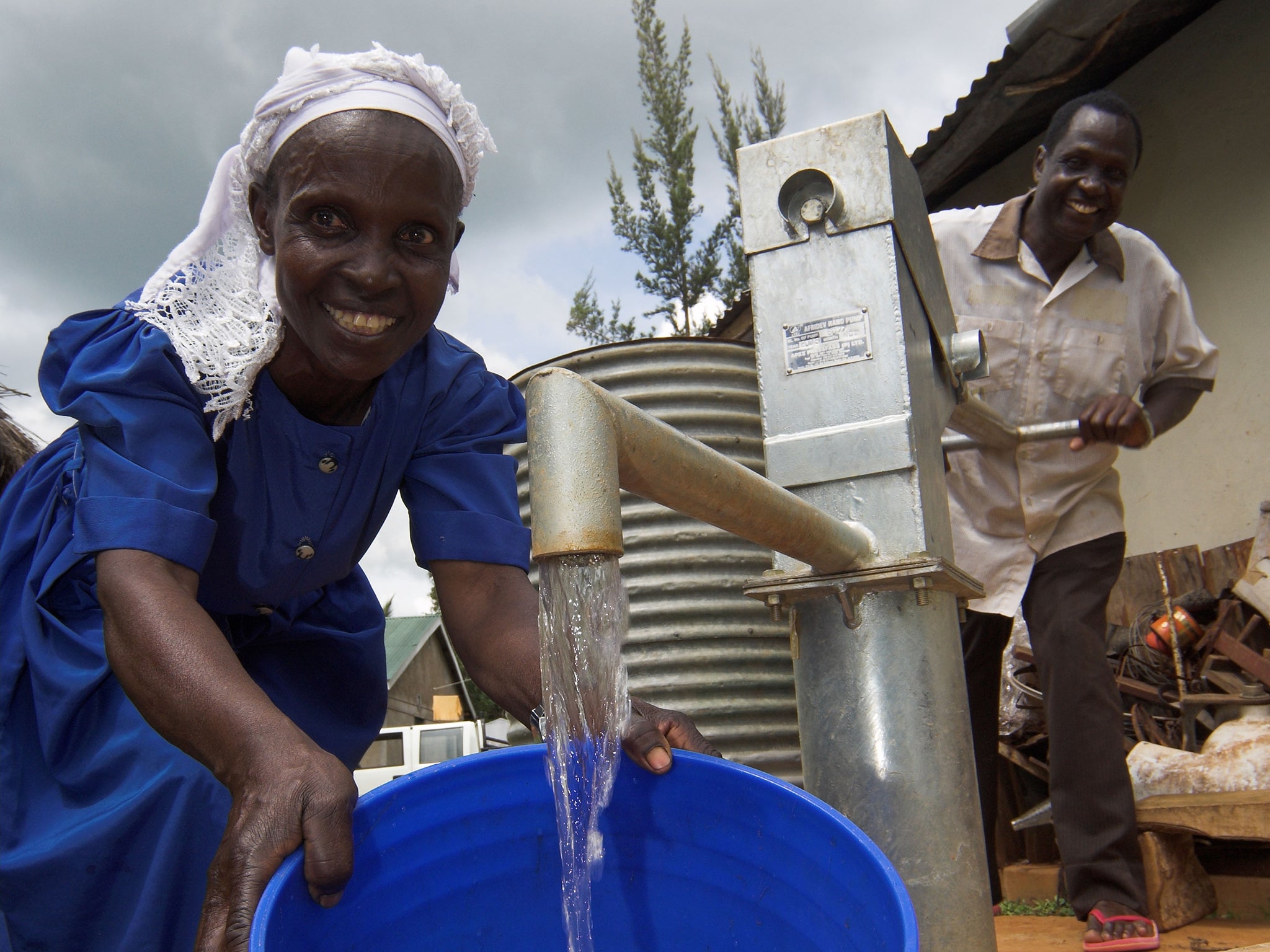
In an effort to diversify its economy — instead of only having a huge oil sector — Saudi Arabia is building “six economic cities” that are expected to add $150 billion to the country's GDP.
The cities are spread around the country and are expected to add 1.3 million jobs and raise the GDP per capita from $13,000 to $33,500.
Kenya's GDP is $44.1 billion.
Source: OECD
Saudi Arabia's annual military expenditure is four times as much as the GDP of Afghanistan.
Saudi Arabia's military expenditure increased to $80.8 billion in 2014, up from 2013's $67 billion, which puts them in fourth place for military expenditure, behind the US, China, and Russia.
But it's notable that Saudi Arabia's military expenditure is 10.4% of its GDP — which is huge. Most countries are around 2% to 4%, with the US around 3.5%.
Afghanistan's GDP was $20.7 billion in 2013.
Source: Stockholm International Peace Research Institute
Massive oil revenues enabled Saudi Arabia to get away with inefficient spending. But with lower oil prices, it's becoming apparent that this model isn't sustainable.
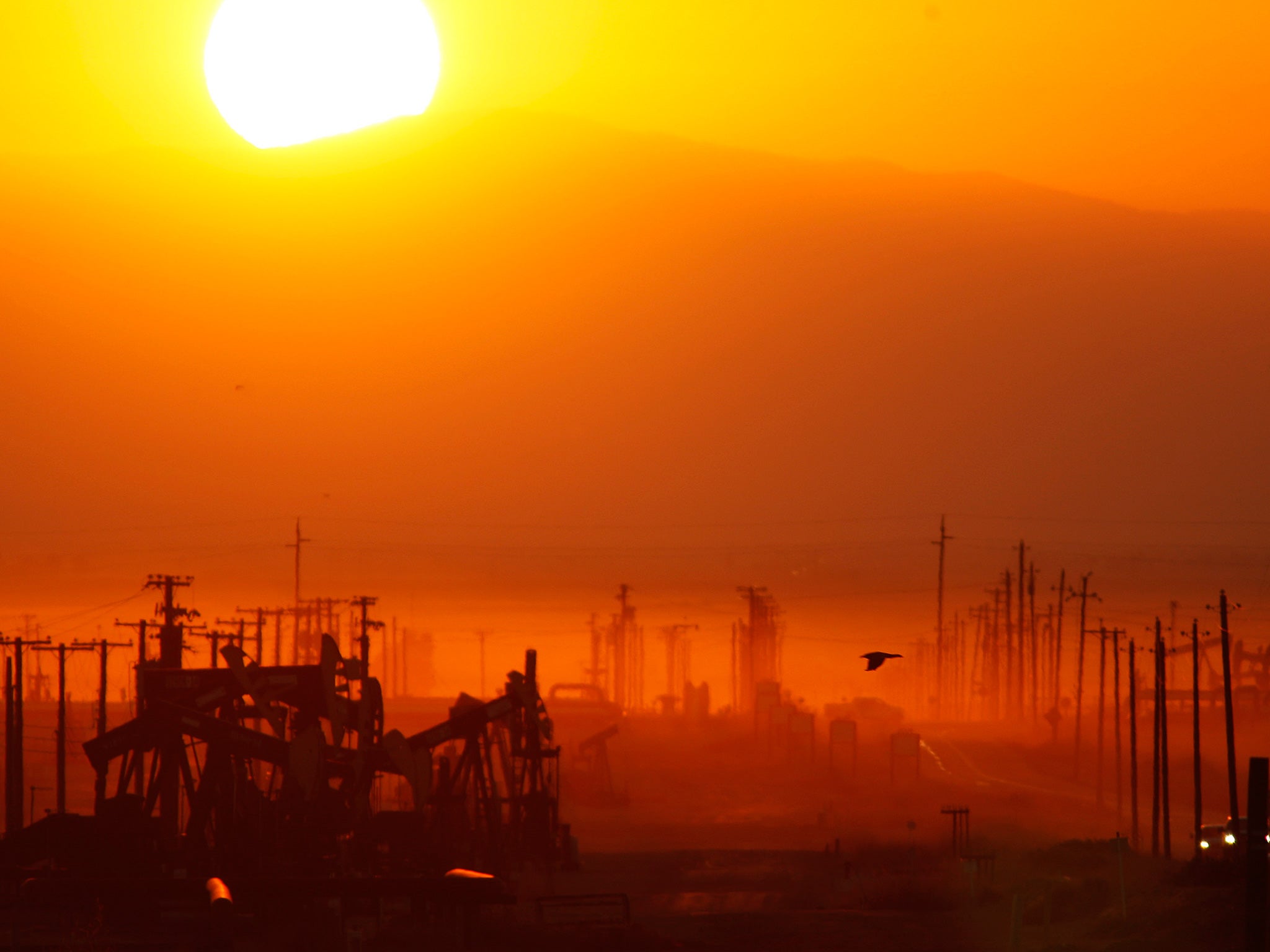
“The boom in oil prices over the past decade has brought with it large fiscal revenue growth that has allowed for a massive ramp-up in expenditure providing little incentive for fiscal discipline,” according to HSBC's Nasser. “This has been very expensive and has not always been directed effectively... often providing for inefficient consumption.”
“Such spending habits, along with the inability to generate non-oil revenue, have led to higher dependency on oil. Hence, the drop in oil prices has had a transformative impact on Saudi Arabia's as well as the entire GCC...” he added.
Consequently, Saudi Arabia has had to tap into its resources following the price drop, which has been a not-terrible strategy so far.
Source: HSBC
Read more:
• These 6 nightmare charts most worry the Bank of England about the financial system
• ISIS' 17-year-old postergirl was passed around as a sex slave before being beaten to death
• The 26 happiest, richest, healthiest, and most crime-free countries in the world
Read the original article on Business Insider UK. © 2015. Follow Business Insider UK on Twitter.
Join our commenting forum
Join thought-provoking conversations, follow other Independent readers and see their replies
Comments
Bookmark popover
Removed from bookmarks